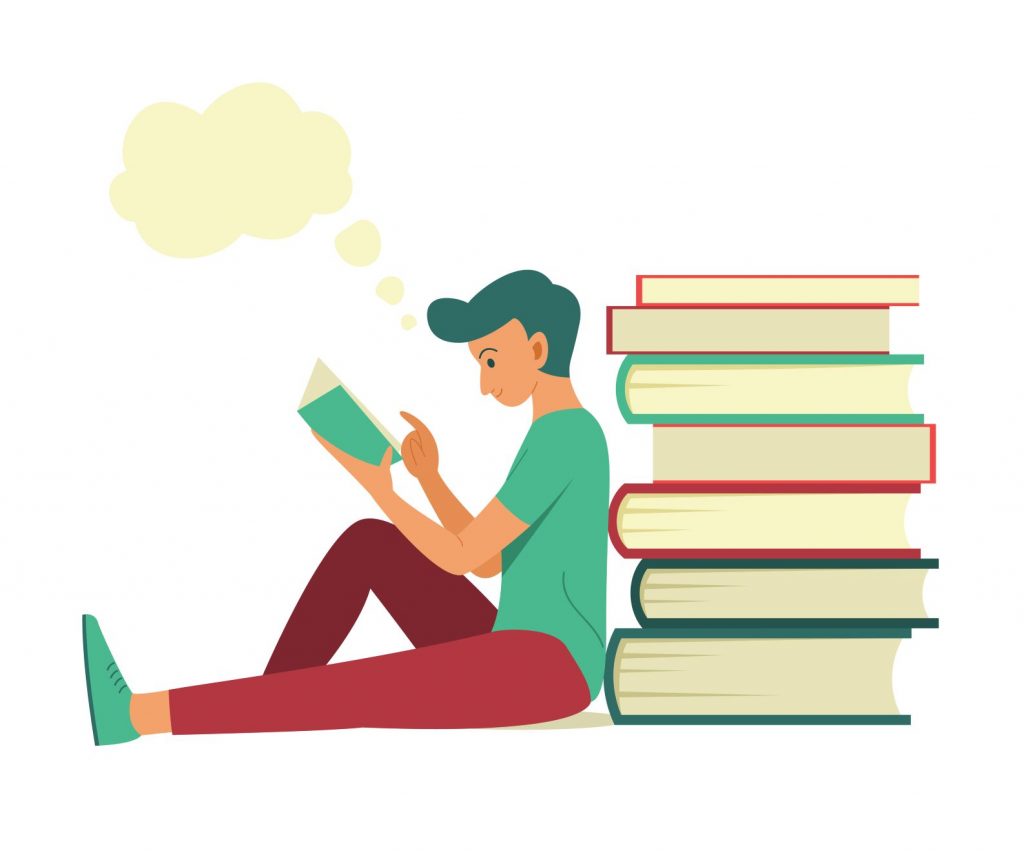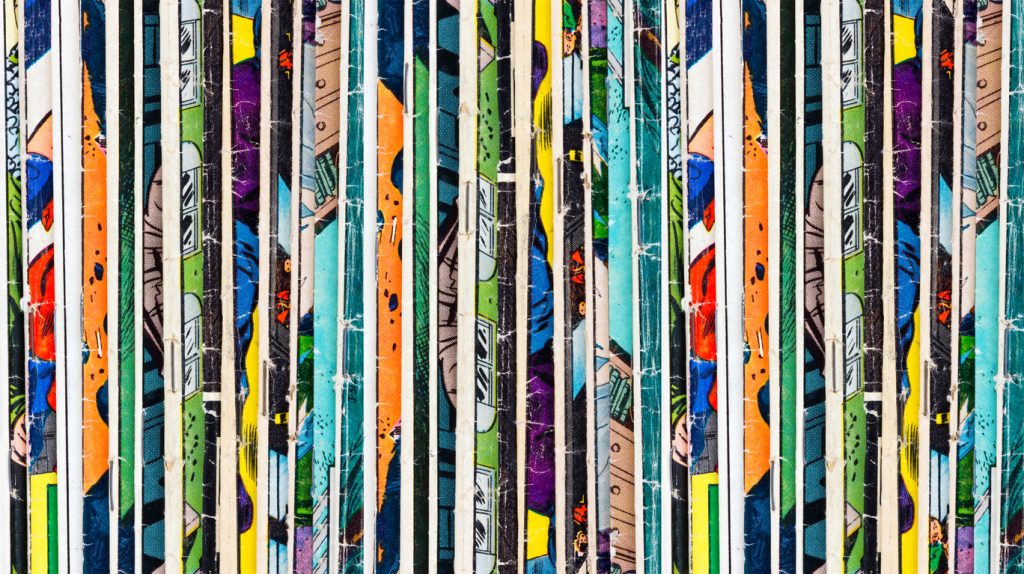
Teaching active listening in an age of information overload When Taryn Kralik moved from teaching fifth and sixth grade in a self-contained elementary school classroom to eighth grade ELA after ten years, she knew she needed a different approach. She had a class of reluctant readers, English learners, and just reluctant learners in general. Frequently
Read More… from Using Podcast Circles to Engage Reluctant ELA Learners





2